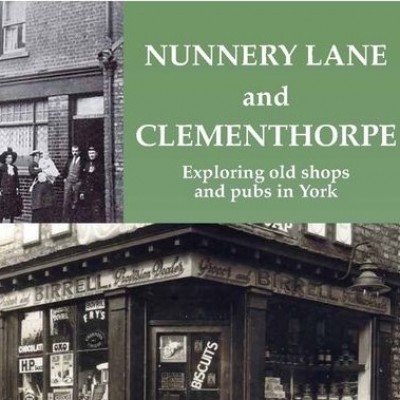



View navigation
Trade/Profession |
Name |
Address |
Bone crusher |
William Richardson |
Not stated, but probably Skeldergate Postern |
Boot & shoe maker |
George Collyer |
7 Bishopgate Street |
Brewers & maltster |
Christopher Scarr & Co. |
Clementhorpe |
Corn miller & flour dealer |
William Fisher |
St. Clement’s Place |
Shoe thread manufacturer |
Robert Henry Nodding |
Clementhorpe |
Flax spinners & shoe thread manufacturer |
Christopher Scarr & Co. |
Clementhorpe |
Beer house |
Francis Mountain |
Clementhorpe |
Beer house |
James Rolling |
St. Clement’s Place |
Patent flour machine maker |
William Richardson |
Skeldergate Postern |
Nail maker |
James Rolling |
Clementhorpe |
Nail maker |
John Wilkinson |
White Swan Yard, St. Clement’s Place |
Shopkeeper |
George Chapman |
St. Clement’s Place |
Shopkeeper |
Joseph Hume |
Clementhorpe |
Sloop & boat builder |
Richard Wray |
Clementhorpe |
Timber merchant (English wood) |
Thomas Birch |
St. Clement’s Place |
Timber merchant |
Thomas Vinor |
Clementhorpe |
Timber merchant |
Richard Wray |
Clementhorpe |